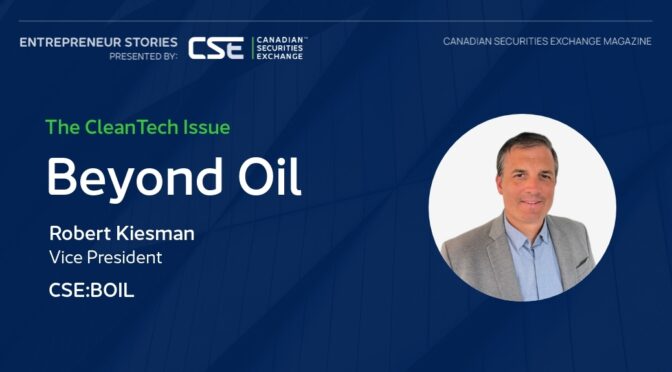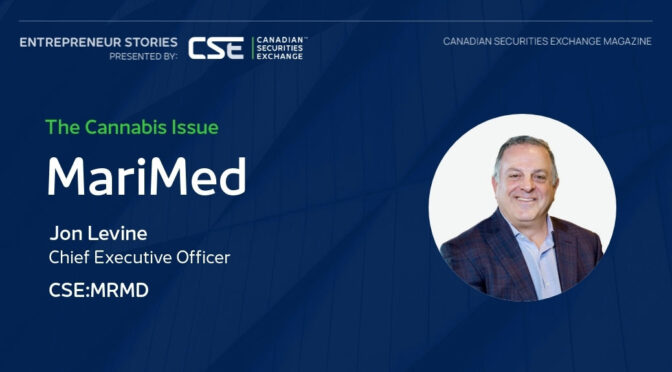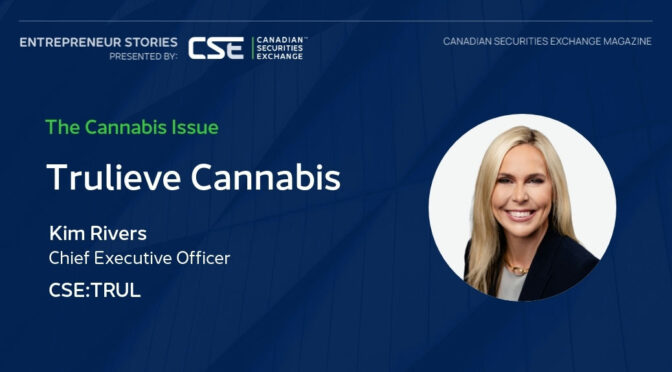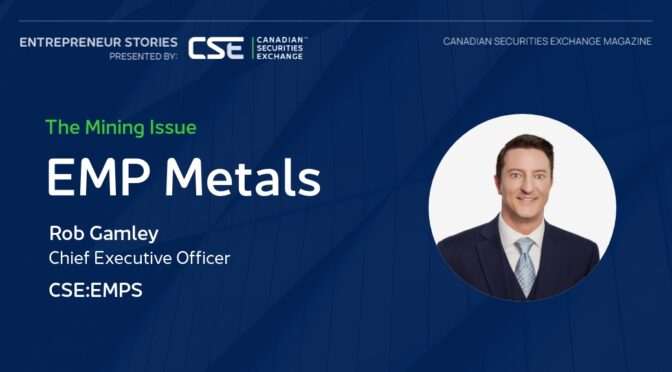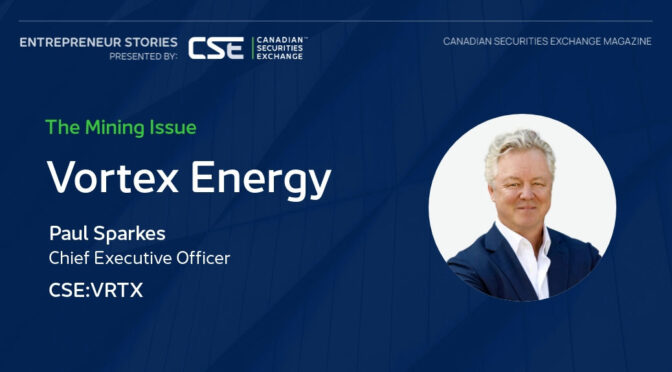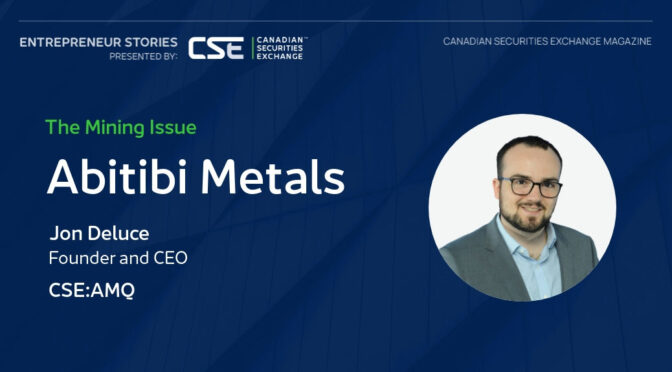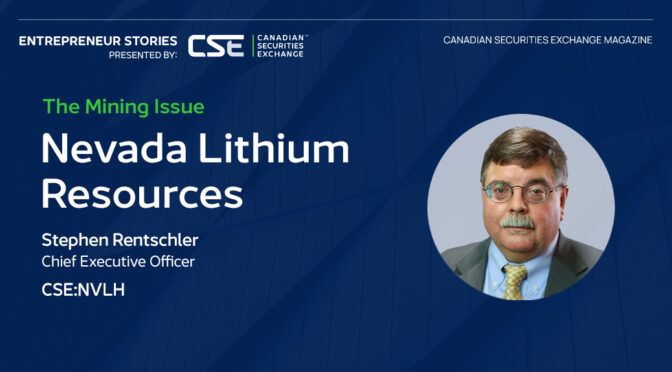Beyond Oil (CSE:BOIL) is aiming to improve the health of untold numbers of people who enjoy the occasional guilty pleasure at their favourite restaurant: deep-fried food. Diners will probably never be aware of the healthier cooking going on behind the scenes thanks to this revolutionary technology, but it is important and deserves recognition.
While it took nearly 15 years to perfect, the company now has a powder that addresses the degradation of frying oil. Harmful carcinogens such as acrylamide, as well as free radicals with the potential to cause cell damage, can build up in oil used for commercial frying. Customers and kitchen staff are both exposed to serious health risks as a result.
Beyond Oil’s powder absorbs harmful elements and extends the oil’s lifespan while maintaining its quality. First tested and now selling commercially in Israel and Canada, the product has been shown to improve food quality and support environmental sustainability.
The next phase of the growth strategy calls for expanding adoption of the product across North America. In an interview with Canadian Securities Exchange Magazine, Beyond Oil Vice President Robert Kiesman discussed the company’s origins and its efforts toward achieving this important goal.
What inspired the development of Beyond Oil’s solution for improving the health profile of oil when it is used for cooking?
Our Founder and President, Michael Pinhas Or, is the inventor of the product, and he started it due to a personal health condition related to acidity. Like many Israelis, he approached the issue as a layperson, learning everything he could. He studied intensively and spent about seven years in his backyard shed going through trial and error.
Or invested his family’s fortune into developing the product. After his “aha” moment, the inventive breakthrough, he secured a patent, as well as clearance to sell from the FDA and Health Canada. Since then, he has remained heavily involved, and his son, Jonathan, became Chief Executive Officer after the company went public.
One of the reasons Beyond Oil is such an easy story to tell is because it connects to something universal: food. Everyone, no matter where they live, eats fried food, whether it’s fries or other items unique to their region.
When people see the photos comparing black, smelly, smoky oil to a jar of clean Beyond Oil, the reaction is clear. They don’t want to eat food fried in dirty oil; they want food cooked in clean oil. These visuals stick in people’s minds, which is a big reason why our story is catching on so well.
Can you explain how the technology works?
It’s a powder that needs to be filtered out. Most restaurant fryers use built-in filtration, external filtration or paper filtration. The good news is that Beyond Oil works in all three contexts. We are classified by regulators as a filtration aid, not a food additive, which makes it much easier to get regulatory approval in many countries.
The process is simple. You add the powder at the end of each day, the powder mixes with the molecules of toxins and attaches to them and then it all gets filtered out, which removes the toxins from the oil.
These toxins include trans fats, total polar materials (TPM), acrylamide and others. There are dozens of these toxic compounds.
One reason oil smokes when it gets old is that plastic-like molecules form in it, meaning you’re essentially burning plastic into the air. Beyond Oil works to clear that out.
Is there a rationale for restaurants using Beyond Oil’s product aside from serving healthier food to their customers?
The biggest part of our story is that we offer a legitimate health solution with positive ESG outcomes, and we also save restaurants money because they don’t need to replace the oil every two or three days. They can use it longer because the oil stays cleaner. How many stories do you know that have a positive health outcome, provide an environmental benefit and save businesses money?
The environmental benefits are clear. Producing oil requires water, electricity and fuel. By extending the oil’s life, we reduce the demand for oil, meaning less oil production, transportation and disposal. So, in addition to the health and cost benefits, there’s also a legitimate environmental impact.
Could you elaborate on the specific markets you’re targeting?
We’re focusing on two main uses for Beyond Oil. The first is restaurants, and the second, which is much larger, is the industrial frying market. These are large industrial factories that use thousands of litres of oil and typically freeze the fried food before sending it to retailers like Costco or Superstore. This is a much more sophisticated context for us to be working in, and while we’re publicly focused on restaurant deals and the rollout, we’re quietly advancing into the industrial market as well.
In the industrial sector, we’ve conducted pilot programs with several large, multibillion-dollar companies in North America. We also announced that we signed a letter of intent (LOI) with a multinational company that designs and builds highly sophisticated filtration systems for these large frying factories. The goal is to run full-scale pilots with these industrial operations because our powder seems to be compatible with their filtration systems, which is a significant breakthrough for us.
What kind of feedback have you received from these initial industrial tests, and how do you plan to scale this system globally?
The feedback has been tremendous. First, I want to highlight that we have two main distributors – one in Canada and one in Israel. Both distributors, who are now selling our product commercially, made strategic investments in our company during the first six months of this year. This is a significant achievement for a small-cap company and indicates their strong confidence in our product.
We’ve received a range of positive feedback from end users. Firstly, our customers report a decrease in oil consumption. Secondly, they find the product healthier due to fewer toxins. Thirdly, the food tastes better because the oil is cleaner, resulting in crispier, fresher and lighter food that isn’t soaked in oil.
Additionally, we’ve received unexpected ancillary feedback. Customers need less warehousing for oil and experience reduced steam and smoke. Multinational customers examine the outcomes in great detail and are providing valuable insights, such as improvements in flavour. Overall, the feedback has been overwhelmingly positive, with no significant negative comments.
What catalysts can investors anticipate in the near future?
We’re expecting catalysts in all three areas of focus that I’ve outlined: expanding into the West with the two multinational fast food chains that we are now selling to in Israel, adding new U.S. chains as customers and getting fully commercialized into the industrial frying market. I’d also like to point out that we have hit major milestones on a consistent basis since the beginning of the year.
But as impressive as our performance has been this year, it’s not going to be a major success story until we hit it big in North America. The plan now is to take the success that we’ve had in Israel and Canada and really push it west into Europe and then into the U.S. We have all the regulatory approval we need in Canada and the United States. Success in the U.S. is unlike success anywhere else.
This story was featured in Canadian Securities Exchange Magazine.
Learn more about Beyond Oil at https://www.beyondoil.co/.

